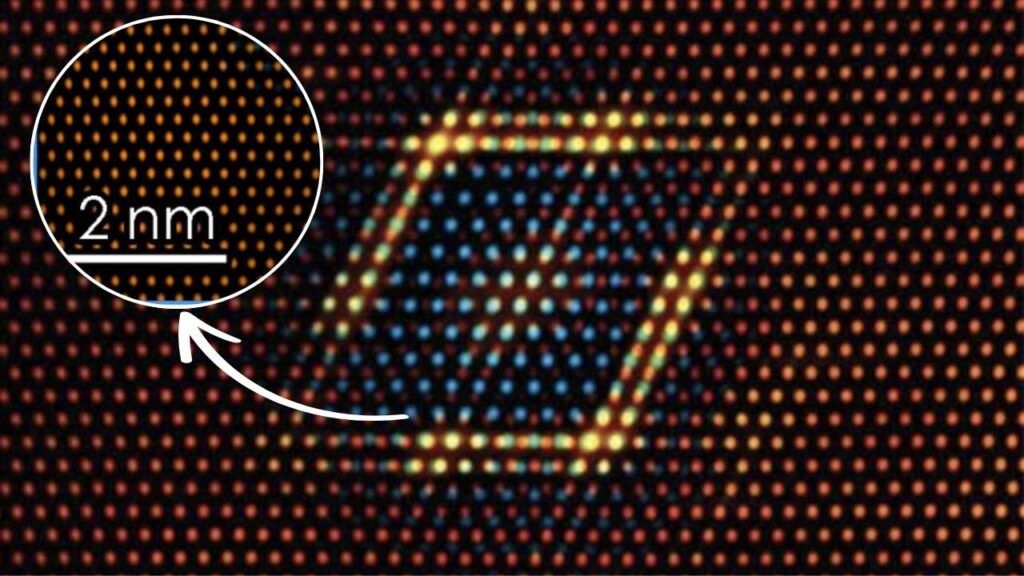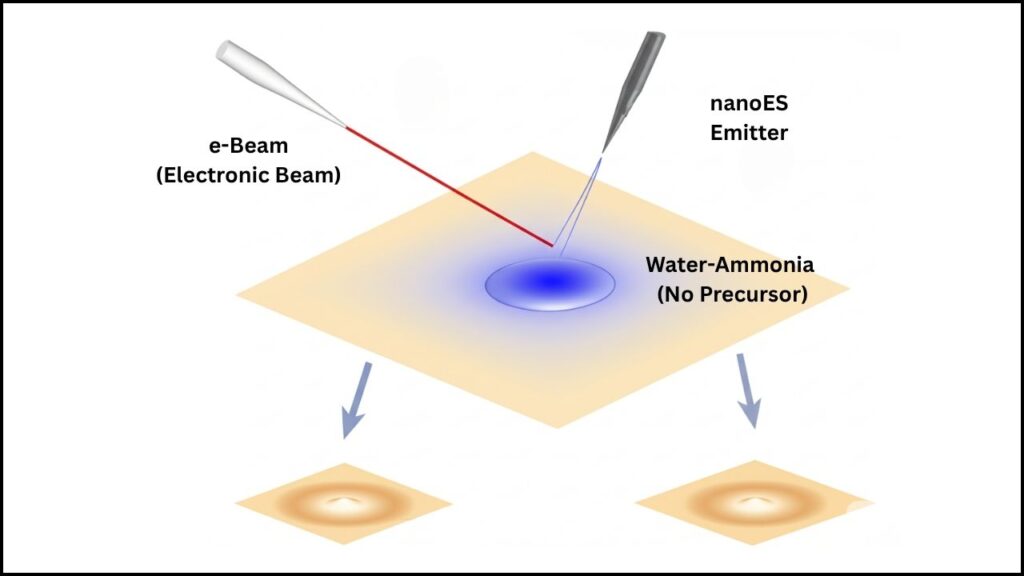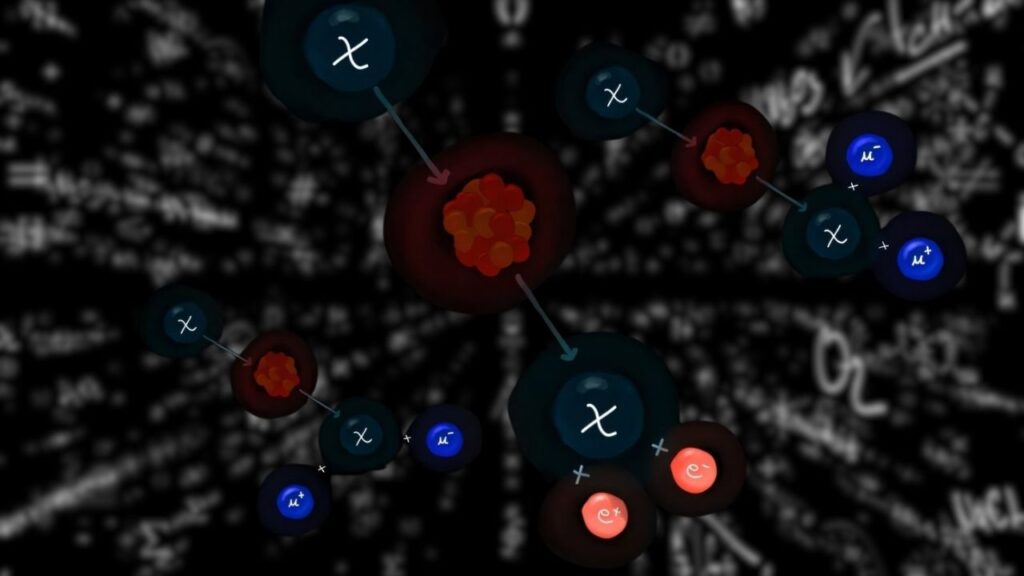Quantum teleportation on a silicon chip represents one of the most exciting breakthroughs in the race to build practical quantum computers. For the first time, scientists have successfully teleported a fundamental quantum gate operation between distant qubits within a single chip. This achievement promises to transform quantum computing by enabling scalable, modular architectures where smaller quantum processing units can communicate reliably without complex direct wiring.
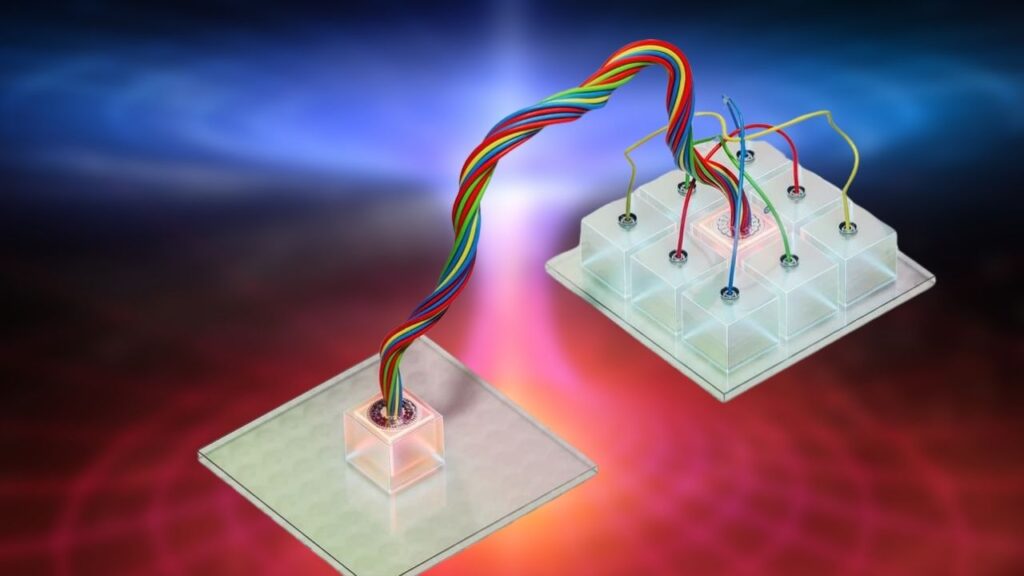
Quantum teleportation has long been a concept rooted in quantum physics—fascinating yet elusive for practical application. This new milestone, achieved using photonic qubits and silicon nanophotonic technology, brings quantum computers closer to becoming powerful, fault-tolerant machines capable of solving problems far beyond the reach of classical computers.
Table of Contents
Quantum Teleportation Achieved on a Chip
| Feature | Description |
|---|---|
| Quantum Teleported Operation | Controlled-NOT (CNOT) gate, essential for performing quantum algorithms |
| Teleportation Fidelity | High-fidelity teleportation with 83-87% success rate, demonstrating robustness |
| Technology Base | Silicon nanophotonic chips enabling integration with existing semiconductor fabrication |
| Modular Architecture Benefit | Enables scalable quantum computing by linking smaller quantum modules without direct wiring |
| Potential Impact | Paves the way for quantum internet, secure quantum communication, and scalable quantum networks |
| Official Resource | Quantum Zeitgeist – Quantum Teleportation on Chip |
The successful demonstration of quantum teleportation of a quantum gate on a silicon chip marks a groundbreaking leap toward the future of scalable quantum computers. By enabling quantum information transfer between remote qubits without direct physical connections, this progress addresses one of quantum computing’s greatest hurdles—scalability.
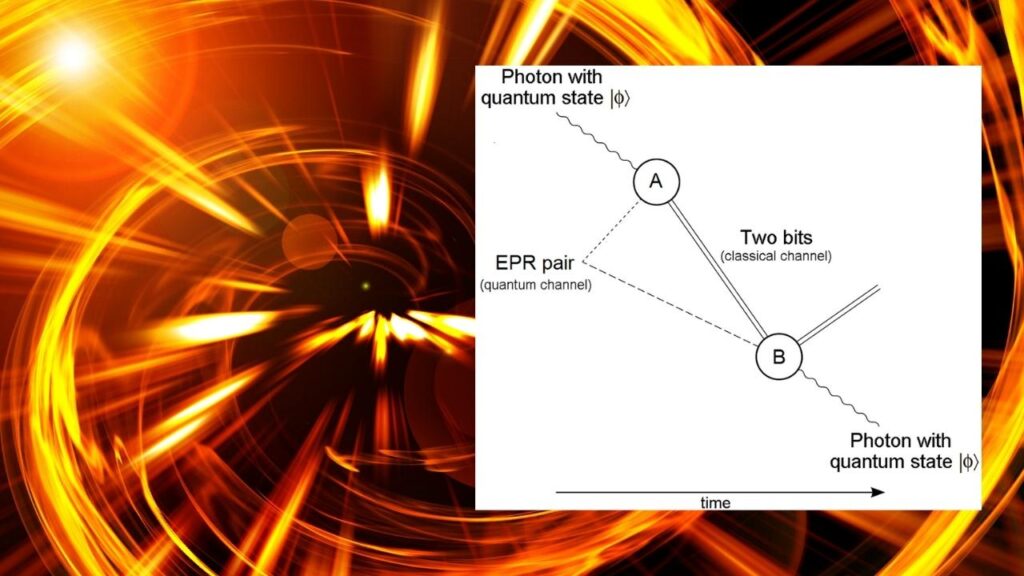
As photonic qubits and integrated silicon nanophotonics continue to evolve, they not only promise to power powerful quantum processors but also lay the foundations for a global quantum internet that offers secure communication and unmatched computational abilities.
This integration of physics, engineering, and computer science highlights an exciting new era in technology. Whether you’re an eager learner, a tech professional, or an industry stakeholder, engaging with this quantum leap could shape the future of computation and communication.
What Is Quantum Teleportation on a Chip?
At its core, quantum teleportation is a method to transfer quantum information from one qubit to another without physically moving the qubit itself. This process leverages two uniquely quantum phenomena: entanglement and classical communication.
Breaking It Down
- Qubits: Unlike classical bits which are either 0 or 1, qubits can be in a superposition of both 0 and 1 simultaneously. This property allows quantum computers to perform many calculations at once.
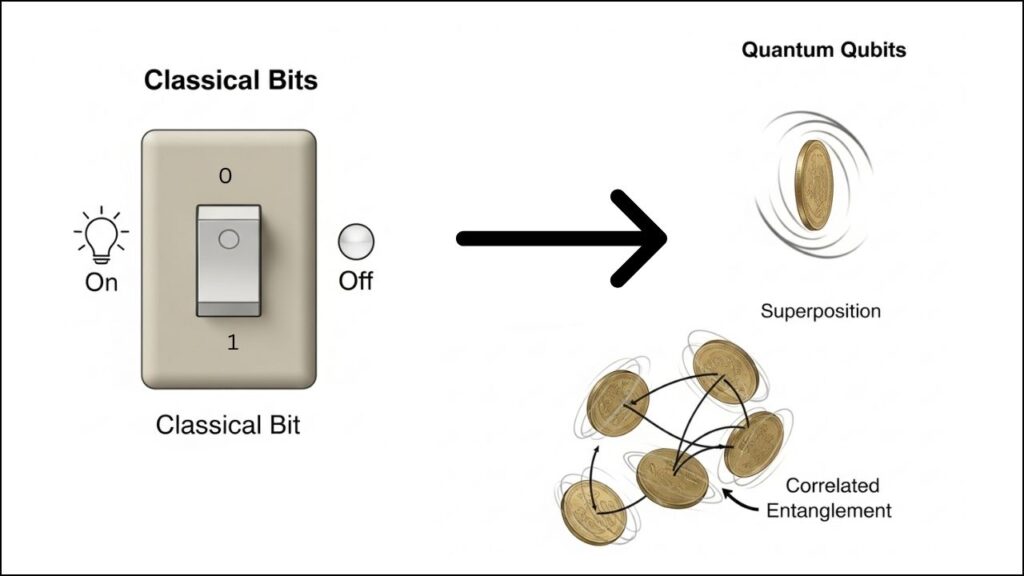
- Entanglement: Two qubits become linked so that the state of one instantly influences the state of the other, no matter the distance between them.
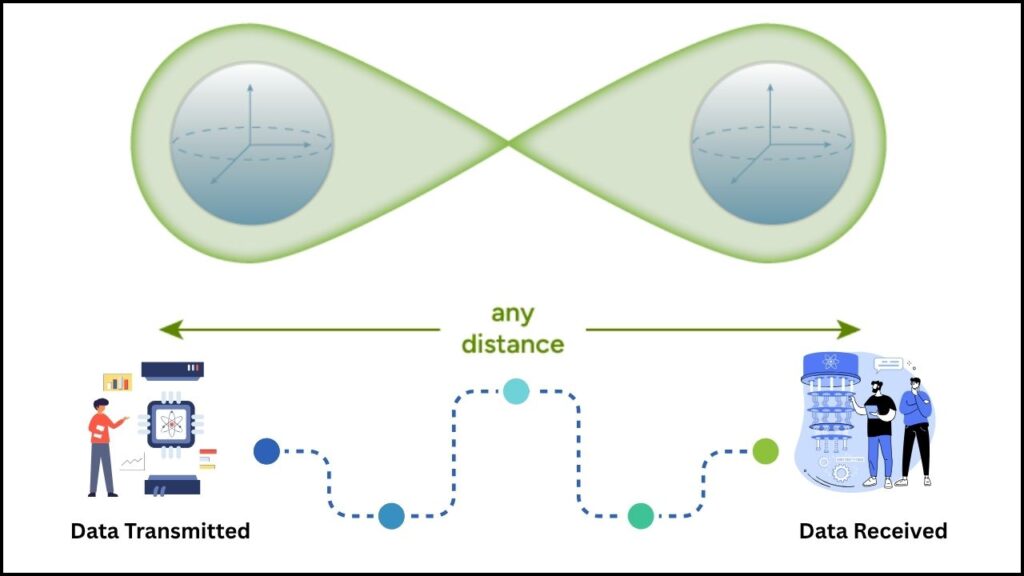
- Teleportation Process: By performing a measurement on one part of an entangled pair and then using classical communication to send the measurement result, the exact quantum state can be reconstructed on the other qubit.
Previously, scientists successfully teleported quantum states between particles. The recent breakthrough goes beyond this by teleporting quantum gates themselves, such as the controlled-NOT (CNOT) gate—a fundamental operation needed to run quantum algorithms. This is critical to enabling modular quantum computers where qubits in separate modules can perform joint operations as if physically connected.
Why Is This Breakthrough So Important?
Overcoming Scalability Challenges
Building quantum computers with thousands or millions of qubits is a daunting engineering task. Physically wiring so many qubits to interact directly increases error rates and system fragility. Instead, this modular approach uses quantum teleportation to link smaller quantum modules via entanglement and classical controls, which greatly reduces complexity.
This modular design is similar to how classical supercomputers are built by networking multiple smaller processors instead of one giant and fragile system. It enables much better fault tolerance, easier manufacturing, and simpler maintenance.
Higher Robustness and Faster Quantum Operations
Teleporting gates instead of individual qubit states means fewer fragile physical connections between qubits, which minimizes noise and loss of information. The recent experiments have demonstrated gate teleportation fidelities between 83% and 87%, which is remarkably high for experimental quantum devices and a big step toward fault-tolerant quantum computing.
Laying the Groundwork for the Quantum Internet
Quantum teleportation on a chip also supports the vision of a quantum internet: a network capable of securely transmitting entangled qubits across large distances. Such a network would enable ultra-secure communication invulnerable to eavesdropping, highly precise synchronization for scientific instruments and GPS, and interlinked quantum processors that share computational resources globally.
How Did Scientists Pull This Off?
Leading research teams from Delft University of Technology, University of Bristol, and others have combined silicon nanofabrication techniques with photonic qubits—particles of light that carry quantum information—in a tiny silicon chip.
The Process in Steps
- Generate entangled photons on chip: Specialized circuits on silicon chips produce pairs of photons that share a quantum entangled state.
- Encode quantum information locally: Quantum states are encoded into photons traveling through nano-sized waveguides etched into the chip.
- Perform quantum measurement: A measurement collapses part of the entangled system, effectively triggering teleportation.
- Send classical communication: Measurement results are communicated classically to corresponding locations.
- Recreate the quantum state or gate: Using the classical info, quantum operations or states are faithfully reconstructed on the receiving qubits.
This entire sequence, historically requiring racks of lab equipment, has now been miniaturized onto chips millimeters wide using state-of-the-art photonic and semiconductor fabrication technologies compatible with current manufacturing practices.
Practical Implications and Career Insights
For Technologists and Researchers
- Mastery of quantum teleportation is crucial for careers in quantum hardware engineering, algorithm design, and quantum networking.
- The intersection of photonics, nanotechnology, and quantum information science is rapidly growing, creating high-demand opportunities.
- Future research will focus on improving fidelity, integrating error correction protocols, and building scalable quantum networks.
For Industry and Commerce
- Modular quantum computing will accelerate breakthroughs in materials science, drug discovery, cryptography, and solving complex optimizations beyond classical reach.
- Businesses investing in quantum technologies may pioneer new secure communication, quantum cloud services, and advanced computational platforms.
Metasurfaces Could Be the Future of Quantum Computing—Here’s Why Everyone’s Talking
Quantum Computing Reaches New Heights: Transmon Qubit Coherence Shatters the Millisecond Barrier
New Cryogenic Silicon Chip Offers Breakthrough in Managing Spin Qubits for Quantum Computing
FAQs About Quantum Teleportation Achieved on a Chip
Q1: What’s the difference between teleporting a quantum state and teleporting a quantum gate?
Teleporting a state transfers a qubit’s information from one particle to another. Teleporting a gate transfers quantum operations themselves, meaning computational tasks can be performed remotely as if the qubits were directly connected.
Q2: Why use silicon for quantum teleportation chips?
Silicon benefits from decades of semiconductor industry development. It allows quantum circuits to be integrated with classical electronics and manufactured at scale cost-effectively.
Q3: What are photonic qubits?
Photonic qubits are quantum bits encoded in photons (particles of light). Because photons interact weakly with the environment, they maintain coherence longer and are ideal for quantum information transfer.
Q4: How close are we to practical modular quantum computers using this technology?
While promising, current teleportation fidelities (83-87%) need to improve for commercial use. Researchers are actively developing error correction and integration methods to reach fault-tolerant quantum computation within the next decade.
Q5: What role does this play in the development of the quantum internet?
Quantum teleportation on-chip is foundational to constructing quantum networks where entangled qubits can be reliably transmitted and manipulated over long distances, enabling secure communication and distributed quantum computing.
